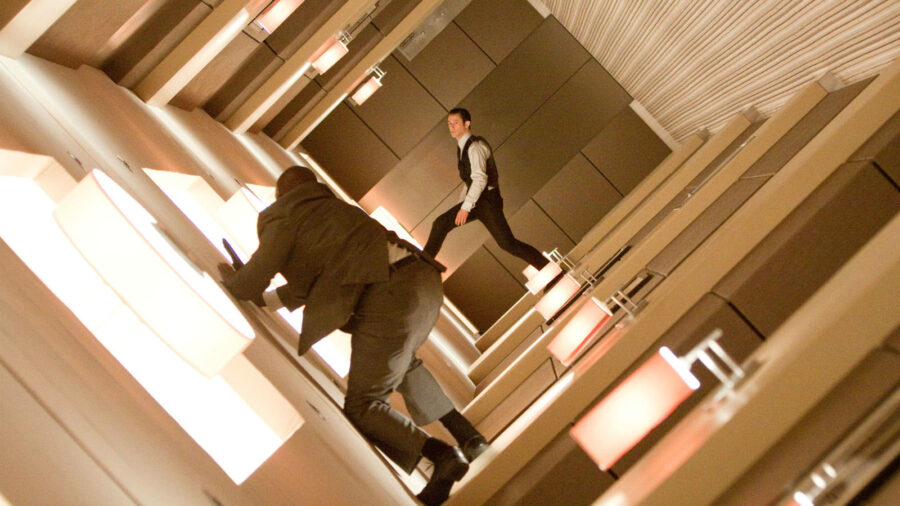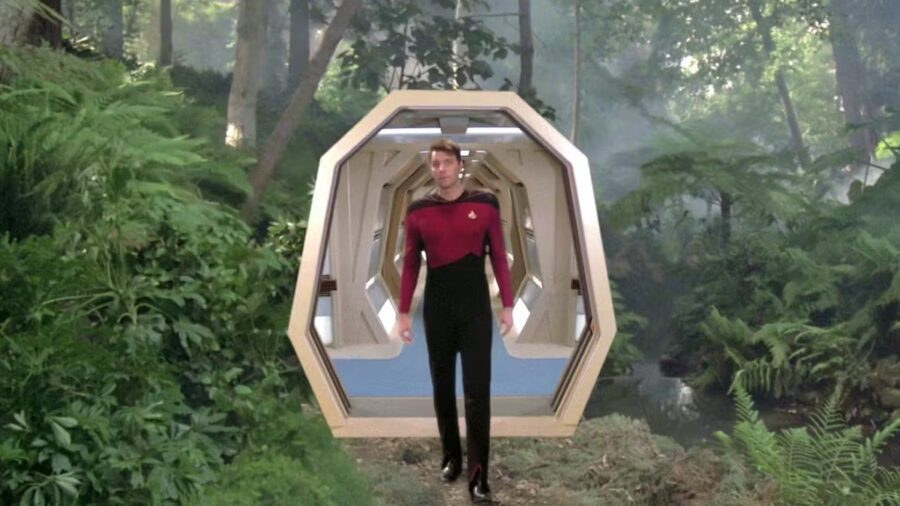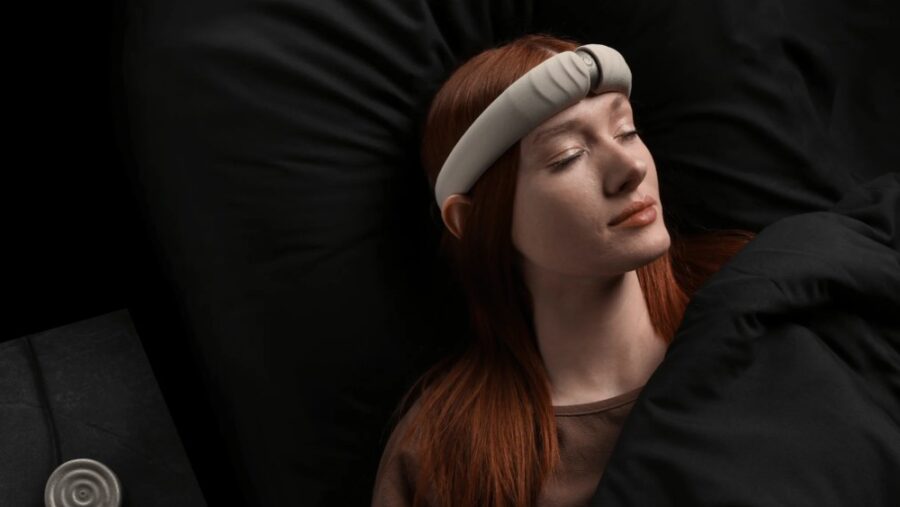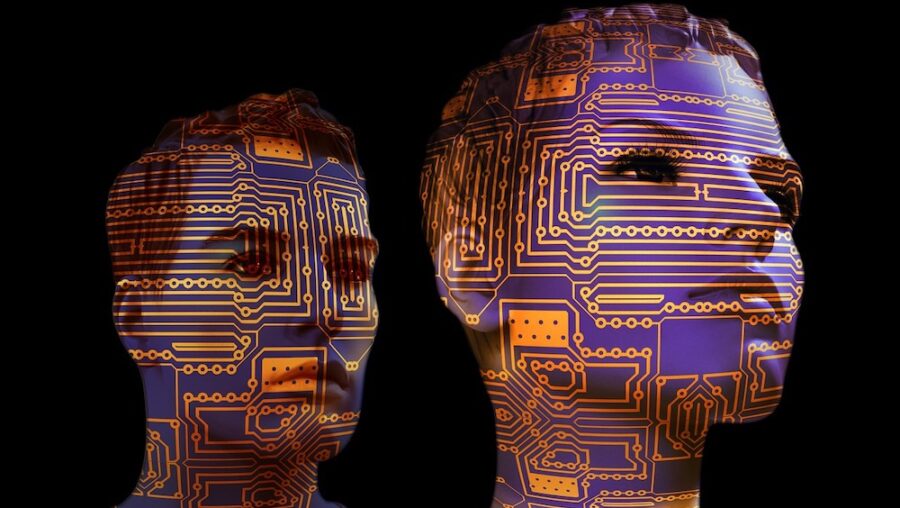Morpheus-1 AI Claims Lucid Dreaming Induction Possible

AI technologies have been ubiquitous for quite some time now, and most of us walk with an AI in our pockets and purses. Of course, we’re referring to AI algorithms inside our smartphones, which are used to power our phone and our digital assistants, such as Siri and Bixby. But the rise of generative AI chatbots opened up new opportunities for exploration of these wonderful technologies and their further integration into our daily lives. Now, a new AI model has appeared, Morpheus-1, and it claims it can induce lucid dreaming.
Lucid Dreaming

For those who aren’t in the know, a lucid dream is a type of dream in which the dreamer becomes aware that they’re dreaming while they’re dreaming. It’s a beneficial cognitive skill (as it can be trained), and now, a neurotechnology startup company, Prophetic, claims that its new AI model, Morpheus-1, can help people enter a lucid dream state and stabilize and sustain that dream for a reasonable amount of time. This is particularly useful in the field of psychology, as lucid dreaming has been shown to alleviate issues associated with anxiety and depression.
Morpheus-1 And Its Namesake

Before we dive further into what Morpheus-1 is, what it is capable of, and what it can do for psychology, we’d like to point out the similarities it has with the iconic sci-fi action movie The Matrix. Namely, the new AI, called Morpheus-1, made by Prophetic, is capable of inducing lucid dreaming in people. In The Matrix, especially in the early installments, the character of Morpheus is considered a somewhat prophetic freedom fighter who seeks to wake the humans from AI-induced dream-like simulation. The latest depiction portrays him as an AI composite.
Ultrasound Holograms

As for Morpheus-1, Prophetic says the model takes the current brain state of the dreamer as a prompt and generates ultrasound holograms that are sent into the dreamer’s brain. These signal initial lucid dreaming and keep the dream stable for the dreamer to explore. Prophetic says that the AI model relies on the same underlying transformer technology that powers both ChatGPT and MidJourney. However, instead of relying on large language models or image generation, Morpheus-1 takes brain activity as input and generates ultrasound as output.
The Halo

Morpheus-1 will be implemented into Prophetic’s new headband product, called The Halo, which is supposed to receive its beta release this Spring. It’s basically a particle accelerator for consciousness, and we have to say that, besides bearing resemblances with The Matrix, it’s also strikingly similar to the tech used in Inception. As stated above, lucid dreaming is a state in which the dreamer becomes aware that they’re asleep and effectively gives them control over their dream and everything in it, which is quite beneficial for several psychological disorders.
The Potentials Of Artificial Intelligence

It’s really interesting to see the new integrations and implementations of AI technologies in various aspects of our lives. While Morpheus-1 is designed to help psychologists and researchers, other AI applications also yielded fantastic results, including recent advancements in antibiotics research, which is the first major breakthrough in the field in the past 60 years.
Source: Tom’s Guide












